Sustainable Packaging : Consumer Switching From Plastic
by Vishal
25/05/2022 5 min read

Consumer awareness of sustainable packaging is growing every day and is further predicted to increase as stringent limits on the use of single-use plastics tighten across the globe. The sustainable packaging market was valued at the US $274.15 billion in 2020 and from 2021 to 2028, the worldwide sustainable packaging market is predicted to develop at a CAGR of 6.1%.
The booming food and beverage business, which is progressively using packaging made of degradable and recyclable materials, is expected to propel the industry forward at a steady pace.
Paper or biodegradable alternatives are being used in the food service business to replace single-use plastic straws, lids, food trays etc. Because of shifting consumer tastes towards convenience and packaged foods, product demand in the foodservice industry will continue to rise. Plus, there is a huge need to replace rigid plastic over the foreseeable future owing to their big market value (explained in below figure) which means the market for rigid plastic packaging is still growing and their huge impact on the environment.

Despite the COVID-19 pandemic, the food and beverage industry has grown significantly and is predicted to continue to increase during the given period, benefiting the sustainable packaging industry heavily.
The industry has continually catered to the convenience of consumers by offering on-the-go consumption goods, which is likely to drive up packaging demand in F&B applications. The healthcare packaging industry has also been confronted and is in motion to deal with significant issues in terms of sustainable packaging, which have only grown after COVID-19. This is due to the numerous limitations that businesses experience during the packaging product manufacturing process.
Despite rigorous laws governing product packaging safety, the healthcare sector is another sector which has demonstrated encouraging development. Glass packaging is widely used in the pharmaceutical business since it is inert and suited for a wide range of medications. Another common packaging material used by the pharmaceutical industry for capsules and tablets is aluminium foil instead of plastic.
From 2020, the recycled content sector had the biggest market share of 61.2%. Materials that may be recycled, such as paper, plastic, glass, and metal, are included in this part. These materials are reused as raw materials by manufacturers to create new packaging goods, reducing pollution produced by packaging trash.
Why is there a demand to cut down the single-use plastic and switch to sustainable options?
We cannot avoid plastic altogether, but the question arises- Why is there a sudden shift in demand for ditching plastic and switching to sustainable packaging?
Recycling and leakage of packaging are two issues that are on the top of the list for generating plastic wastage. Plastic packaging recycling rates aren't particularly high. Some of the prominent reasons to come under the light would be:
- Waste management in the United States, for example, is typically leak-free, but recovery rates for packaging and food-service plastics are only approximately 28%. Similarly, in Europe, the recycling rate for plastic packaging was reported to be around 40%, compared to over 80% for paperboard and 75–80% for metal and glass. Packaging demand is surpassing worldwide growth rates, and trash collection systems, much alone recycling, are lacking on a large scale in emerging regions.
- Only about 16% of all plastic trash is re-processed to generate new plastics, with global leakage or mismanaged disposal of all plastic material flows, both durable and non-durable estimated to be around 19%. In fact, despite plastics' potential for reuse and recycling, the majority of worldwide plastic waste is disposed of in landfills (25%) and incinerated (40%), implying that these materials are lost forever as a resource.
- Also, due to the COVID-19 epidemic spread, media attention shifted away from sustainability and toward the virus and its global consequences. Plastic waste has increased due to the epidemic. According to SkyQuest, a significant amount of public-use personal protective equipment (PPE) gets thrown away carelessly. The opposition to single-use plastic bans has boosted demand for bottled water, plastic bags, disposable wipes, and hand sanitisers.
- Also, according to our research and reports, around 8 million tonnes of plastic debris are dumped into the oceans each year throughout the world. Unless extraordinary measures are taken, the research projects that plastic garbage will exceed fish by 2050. After a brief single-use cycle, it is estimated that 95% of plastic packaging material is lost to the economy, costing USD 80-120 billion. A significant portion of the plastic that winds up in the oceans has a higher economic and health cost.
How are the leading organisations doing their part to build the sustainable packaging market?
Manufacturers and merchants of packaged goods have begun to make commitments to reduce packaging waste in recent years. Almost every company in the top 100 FMCG firms by revenue has made significant statements and commitments to drive sustainability in the future years.
According to SkyQuest, these commitments are focused on the following areas of activity:
- full recyclability and a significantly higher level of recycled content are the most widely embraced initiatives, accounting for 60% of commitments; this is followed by a reduction in total plastics usage (26%), and innovation and promotion of change in the use of packaging (14%).
- One of the leading FMCG organisations- Nestlé announced in January 2020 that it would invest up to 2 billion Swiss francs (US $2.1 billion) on switching from virgin plastics to food-grade recycled plastics and enhancing the development of more sustainable packaging.
- Between 2020 and 2025, the food behemoth plans to buy up to 2 million metric tonnes of food-grade recycled plastics and spend more than USD 1.6 billion on premiums. The corporation will also form a sustainable packaging venture fund with a target investment of 250 million Swiss francs (US $260 million) to fund start-ups in these fields.
- Henkel and the social initiative Plastic Bank extended their collaboration for another five years in November 2019. Henkel will assist ongoing programmes in Haiti, the Philippines, and Indonesia, as well as contribute significantly to the infrastructure development of Egypt's over 400 Plastic Bank collecting locations. In 2020, Henkel will use more than 600 tonnes of Social Plastic, a recycled material, in its product packaging alone.
- One of the most pressing concerns in healthcare packaging is hygiene, and the industry has yet to use recycled raw materials in products like sterile barrier packages. This apprehension stems from a lack of confidence in the packaging product's biocompatibility with the medicine or drug in question. Collaboration with end-user companies is helping major participants in the industry innovate packaging materials and rethink designs. Reusability, energy efficiency, and the utilisation of recyclable and biodegradable materials are all goals of the combined efforts.
What are the governments of the prominent regions doing to increase sustainable packaging?
There are various steps being taken by the government and consumers of different regions. According to SkyQuest, the following are the steps being taken to tackle the single-use plastic wastage and improve the use of sustainable packaging:
Due to tight laws set by the European Union and other European countries regarding the use of single-use plastics, Europe dominated the market in 2020, with a revenue share of 36.7%. The European Directive established the concept of a circular economy and established sustainability standards and objectives. By embracing recyclable, recycled, and biodegradable materials, European businesses have begun to follow the circular economy roadmap.

- In terms of value, Asia Pacific was placed second in 2020, owing to an increase in government legislation and activities pushing firms to use green packaging. China, the world's largest industrial powerhouse, is altering its packaging practices and materials to be more environmentally friendly. The developing economies are leading the way. Led by China and India, adaptation towards sustainable packaging is likely to outperform the worldwide market in terms of growth.


- The Australian government has set a goal of implementing 100% recyclable packaging by 2025 or sooner, implying a sharp increase in market value throughout the projection period.
- North America is also counted as one of the world's most important markets for environmentally friendly packaging. Unlike many other parts of the world, where government laws play an important role in the rise of sustainable packaging, strong consumer awareness and preferences for environmentally friendly solutions are the primary drivers of rapid adoption.

Who could be the barriers to adapting Sustainable packaging?
- Increase in the overall Cost: Overcapacity might be a significant stumbling block for this business. Because of their low cost, non-biodegradable plastic bags are still the most used packaging material on the planet. Packaging firms are unable to match their manufacturing capacity to their sales volume as a result of this. Raw resources such as biobased monomers, liquid biofuels, cellulosic fibres, and biopolymers are expensive. As a result, consumers bear the brunt of the expense.
- Affect due to the pandemic lockdown: The Coronavirus-induced shutdown halted the acquisition of numerous key raw materials on the worldwide market, which resulted in difficulties getting raw materials, recruiting labour, and delivering products. The sustainable packaging industry, on the other hand, is swiftly returning to normal as demand continues to rise. Increased manufacturing activities and need for storage and distribution applications are expected to create a strong market.
- Low profit margins: The green packaging industry's producers work on a razor-thin profit margin. The usage of plastic is low-cost, and recycled plastic producers are up against stiff competition from traditional packaging. As a result of the poor profit margins, manufacturers are hesitant to engage in green packaging production. This might slow the market's growth in the near future.
Who are the key players you should have your eye on?
A company's commitment to corporate social responsibility means it is dedicated to improving the environment and society rather than contributing to its deterioration.
- For its fluting and lining, HP began utilising virgin fibre from properly managed trees. The fibre is highly robust, allowing for a 29% reduction in packing materials while still providing protection. HP also benefits from the lighter package weight, which lowers shipping costs and minimises transportation emissions.
- In 2020, Novolex was once again the leading flexible packaging company in North America, generating sales of approximately 3.7 billion U.S. dollars that year. The value of the U.S. flexible packaging industry was estimated at about 33 billion U.S. dollars.
- In December 2020, Amcor Ltd, in collaboration with 35 prominent consumer goods firms, revealed plans to dramatically cut plastic waste. Amcor and its coalition partners will enforce two new design rule s to create packaging that is easier and more cost-effective to recycle.
- Ball Corporation announced the five aluminium packaging plants with the most significant operational and social sustainability improvements in April 2020, including progress across the areas with the greatest sustainability impact across operations and promotion of aluminium packaging sustainability credentials and engagement in their local communities.
- After discovering that 41% of European adults admit to tossing recyclables into the trash, in May 2020, DS Smith released its Circular Design Principles, which highlight new research that reveals the urgent need for uniform design to cut through the uncertainty in packaging recycling.
- Walmart, one of the world's largest merchants, knows its power and has made measures to become a pioneer in sustainable packaging. It aspires to have packaging that is 100% recyclable, reusable, and biodegradable
The advancement of the landscape has also been aided by stringent restrictions governing the use of plastics for packaging in several countries. The market is growing due to an increase in demand for sustainable packaging for organic foods among all demographics. To increase the acceptance rate of their products, established market players are concentrating on developing lightweight packaging materials and other innovations and are also inventing appealing packaging formats.
To find all reports of Packaging industry, please Click Here.






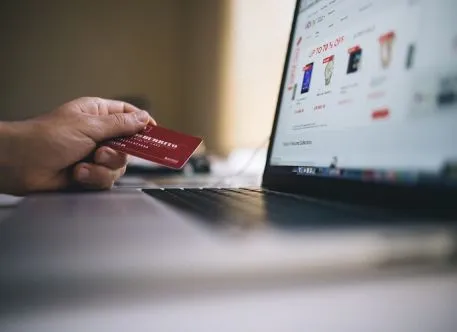

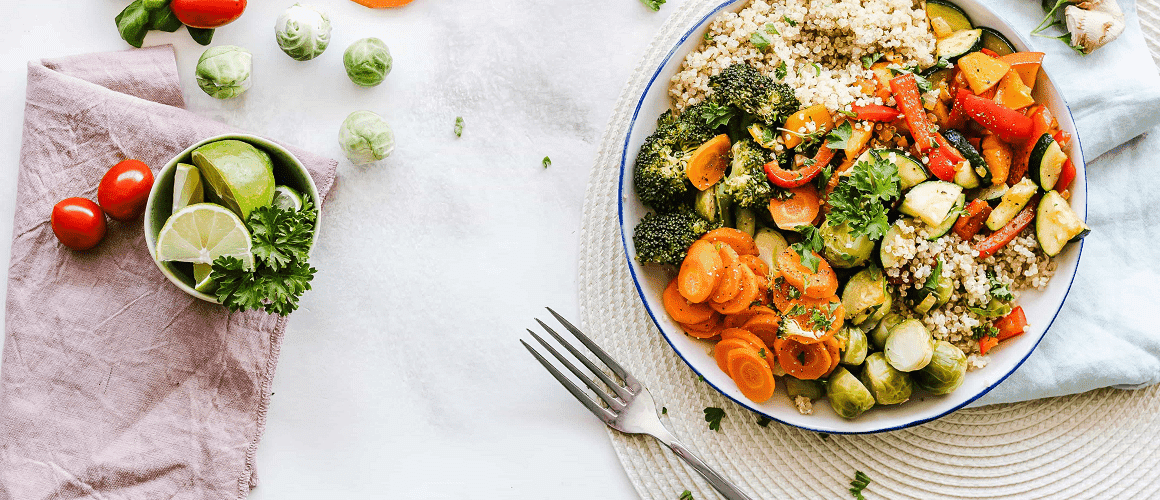






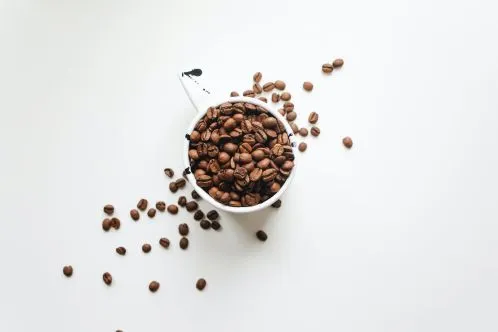


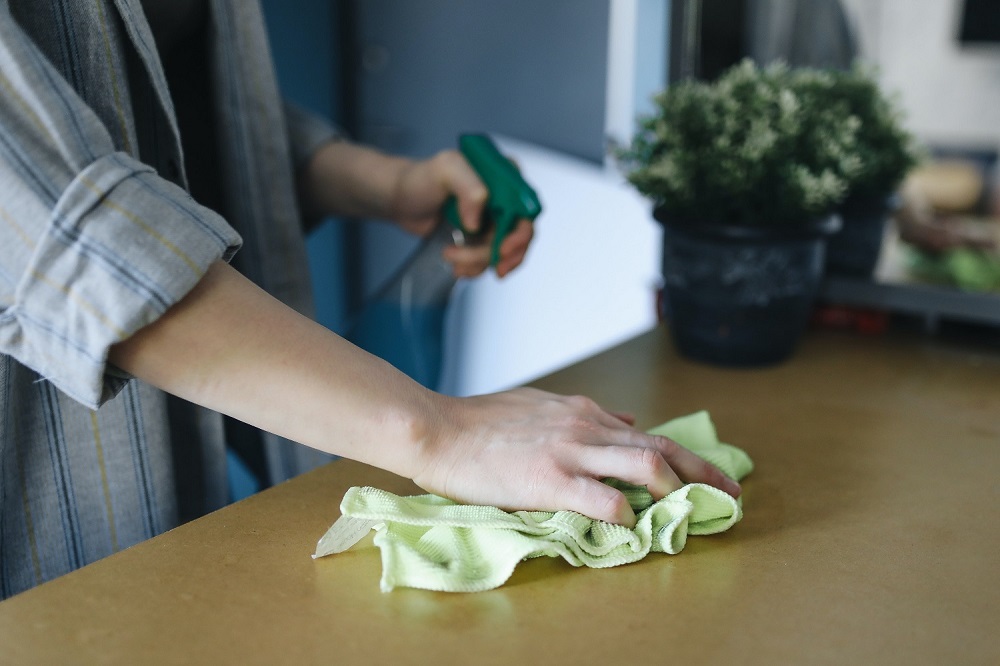

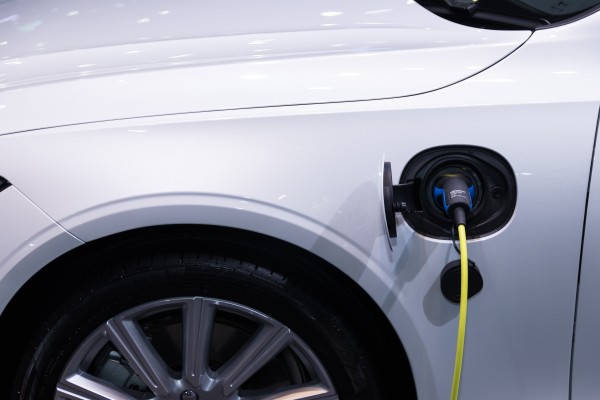
 USA (+1) 351-333-4748
USA (+1) 351-333-4748
